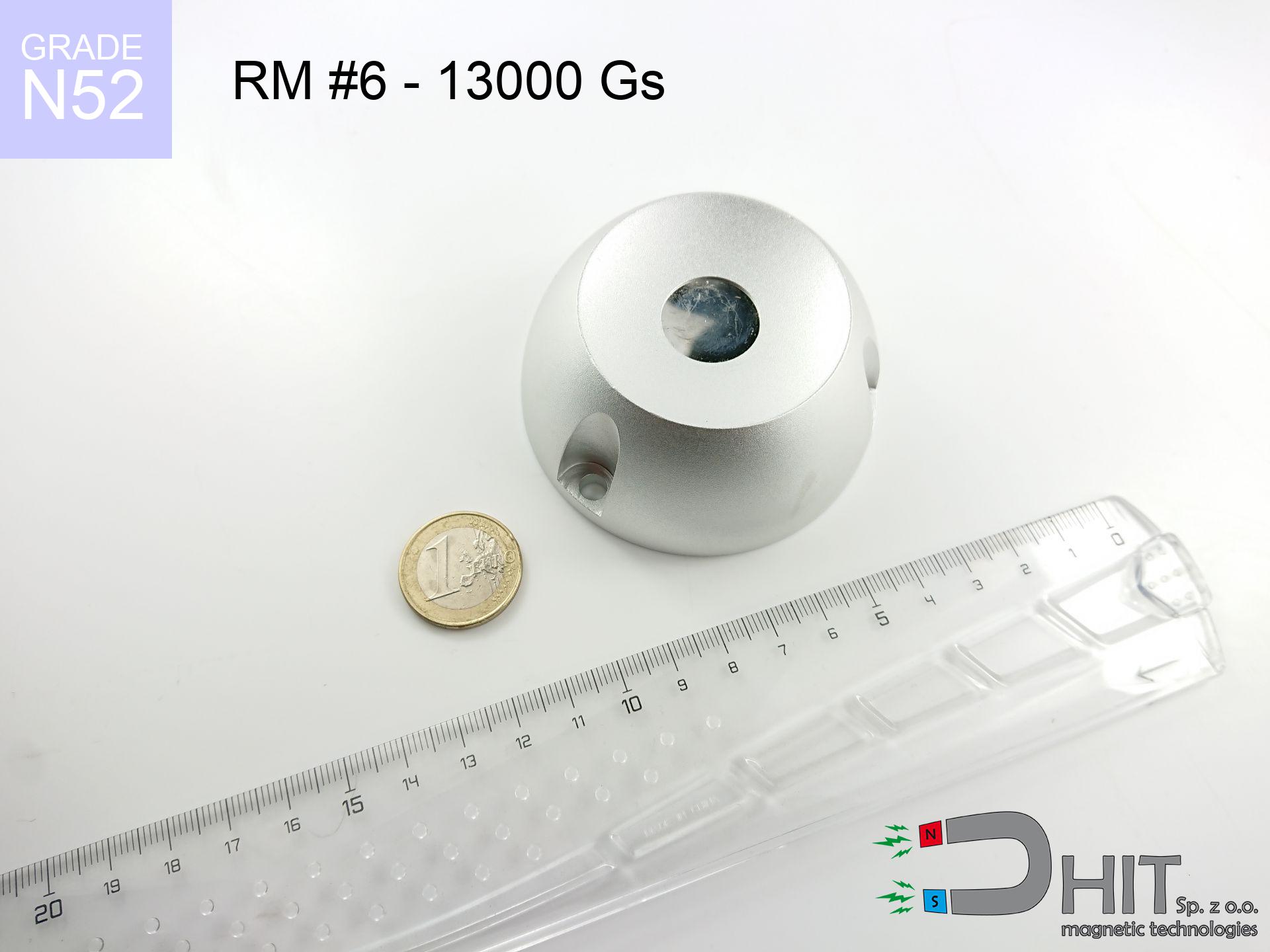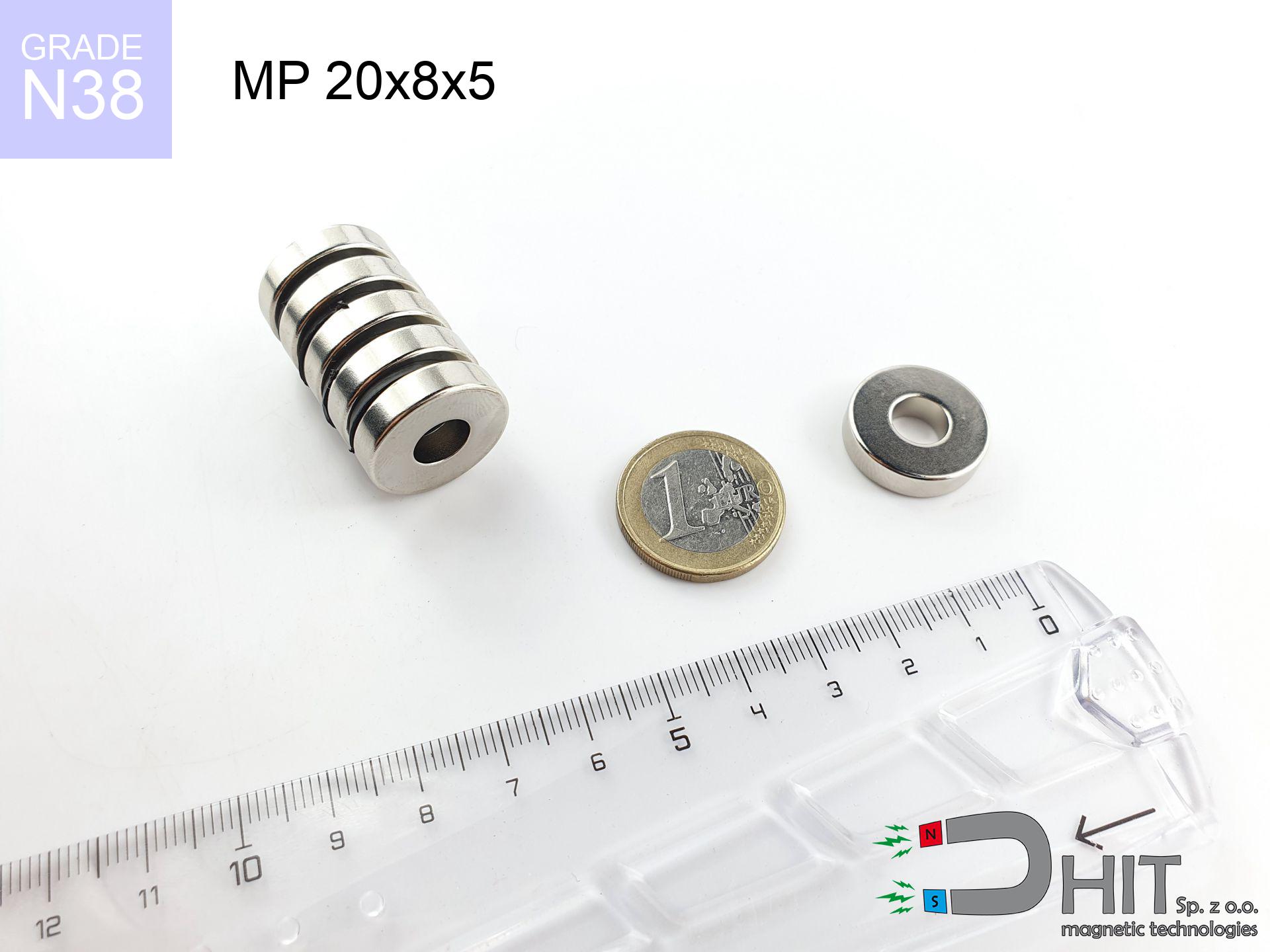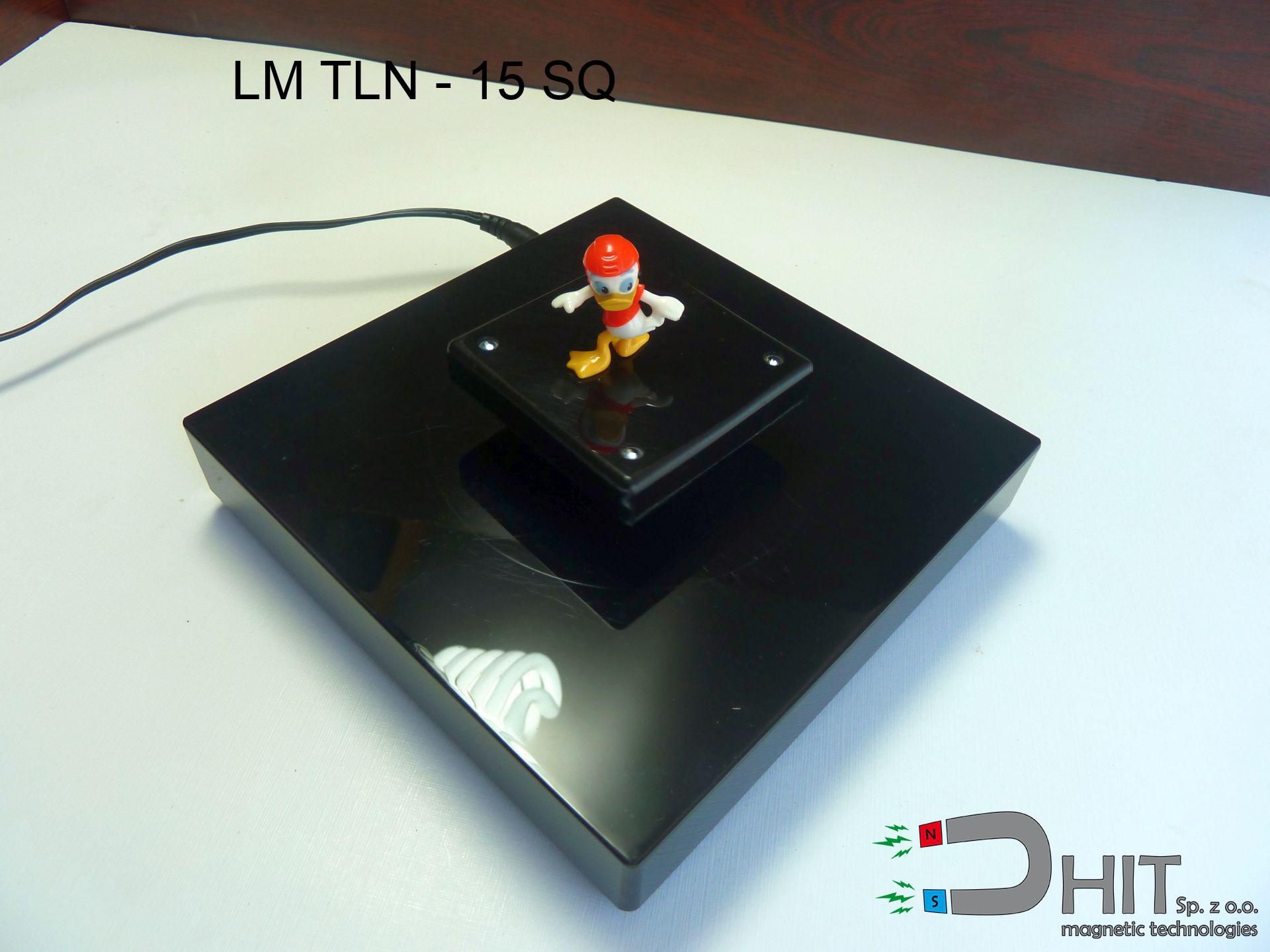RM R6 GOLF - 13000 Gs / N52
magnetic distributor
catalog number 280398
GTIN: 5906301814474
magnetizing direction
↑ axial
max. temperature
≤ 80
°C
catalog number 280398
GTIN: 5906301814474
magnetizing direction
↑ axial
max. temperature
≤ 80 °C
150.00 ZŁ gross price (including VAT) / pcs +
121.95 ZŁ net price + 23% VAT / pcs
bulk discounts:
need more quantity?Want to talk about magnets?
Call us tel: +48 888 99 98 98 or get in touch via form on our website. You can check the strength as well as the shape of neodymium magnets in our force calculator force calculator
Orders placed by 2:00 PM will be shipped on the same business day.
Specification: magnetic distributor R6 GOLF - 13000 Gs / N52 ↑ axial
Magnetic properties of the material N52
Physical properties of sintered neodymium magnets Nd2Fe14B
Compilation of suggested goods
Advantages and disadvantages of neodymium magnets NdFeB.
Apart from immense power, neodymium magnets have the following advantages:
- They do not lose strength over time. After 10 years, their power decreases by only ~1% (theoretically),
- They are exceptionally resistant to demagnetization caused by an external magnetic field,
- Thanks to the shiny finish and nickel, gold, or silver coating, they have an aesthetic appearance,
- They have very high magnetic induction on the surface of the magnet,
- Magnetic neodymium magnets are characterized by hugely high magnetic induction on the surface of the magnet and can operate (depending on the form) even at temperatures of 230°C or higher...
- The ability for precise shaping or customization to specific needs – neodymium magnets can be produced in many variants of shapes and sizes, which enhances their versatility in applications.
- Key role in the industry of new technologies – are utilized in HDD drives, electric motors, medical equipment and very modern machines.
Disadvantages of neodymium magnets:
- They can break as they are extremely fragile when subjected to a powerful impact. If the magnets are exposed to impacts, we recommend using magnets in a steel housing. The steel housing in the form of a holder protects the magnet from impacts and simultaneously increases its overall strength,
- They lose strength at high temperatures. Most neodymium magnets experience permanent loss of strength when heated above 80°C (depending on the shape and height). However, we also offer special magnets with high temperature resistance, up to 230°C,
- Magnets exposed to a humid environment can corrode. Therefore, when using them outdoors, we suggest using waterproof magnets made of rubber, plastic, or other moisture-resistant materials,
- The use of a cover or a magnetic holder is recommended due to the limited possibilities of manufacturing threads or complex shapes in the magnet
- Potential hazard associated with microscopic parts of magnets are risky, when accidentally ingested, which is particularly important in the context of child safety. Additionally, miniscule components of these magnets are able to complicate diagnosis in case of swallowing.
Exercise Caution with Neodymium Magnets
It is crucial not to allow the magnets to pinch together uncontrollably or place your fingers in their path as they attract to each other.
Magnets will attract each other within a distance of several to around 10 cm from each other. Don't put your fingers in the path of magnet attraction, as a significant injury may occur. Magnets, depending on their size, are able even cut off a finger or there can be a serious pressure or even a fracture.
Avoid contact with neodymium magnets if you have a nickel allergy.
Studies clearly indicate a small percentage of people who suffer from metal allergies such as nickel. An allergic reaction often manifests as skin redness and rash. If you have a nickel allergy, try wearing gloves or avoid direct contact with nickel-plated neodymium magnets.
Neodymium magnets are the strongest, most remarkable magnets on the planet, and the surprising force between them can shock you at first.
To use magnets properly, it is best to familiarize yourself with our information beforehand. This will help you avoid significant harm to your body and the magnets themselves.
Neodymium magnets should not be in the vicinity youngest children.
Not all neodymium magnets are toys, so do not let children play with them. In such a situation, surgery is necessary to remove them. In the worst case scenario, it can result in death.
Neodymium magnets can become demagnetized at high temperatures.
Despite the general resilience of magnets, their ability to maintain their magnetic potency can be influenced by factors like the type of material used, the magnet's shape, and the intended purpose for which it is employed.
Keep neodymium magnets as far away as possible from GPS and smartphones.
Strong fields generated by neodymium magnets interfere with compasses and magnetometers used in navigation, as well as internal compasses of smartphones and GPS devices.
Dust and powder from neodymium magnets are highly flammable.
Avoid drilling or mechanical processing of neodymium magnets. If the magnet is crushed into fine powder or dust, it becomes highly flammable.
Neodymium magnetic are highly delicate, they easily fall apart as well as can become damaged.
In the event of a collision between two neodymium magnets, it can result in them getting chipped. They are coated with a shiny nickel plating similar to steel, but they are not as hard. At the moment of collision between the magnets, tiny sharp metal fragments can be propelled in various directions at high speed. Eye protection is recommended.
Under no circumstances should neodymium magnets be placed near a computer HDD, TV, and wallet.
Strong magnetic fields emitted by neodymium magnets can damage magnetic storage media such as floppy disks, credit cards, magnetic ID cards, cassette tapes, video tapes, or other devices. They can also damage televisions, VCRs, computer monitors, and CRT displays. You should especially avoid placing neodymium magnets near electronic devices.
People with pacemakers are advised to avoid neodymium magnets.
In the case of neodymium magnets, there is a strong magnetic field. As a result, it interferes with the operation of a heart pacemaker. However, if the magnetic field does not affect the device, it can damage its components or deactivate the device when it is in a magnetic field.
Please see the article - What danger lies in neodymium magnets? You will learn how to handle them properly.





![magnetic separator 32x200 [2xM8] / N42 magnetic separator 32x200 [2xM8] / N42](https://cdn3.dhit.pl/graphics/products/sm-32x200-2xm8-fub.jpg)

